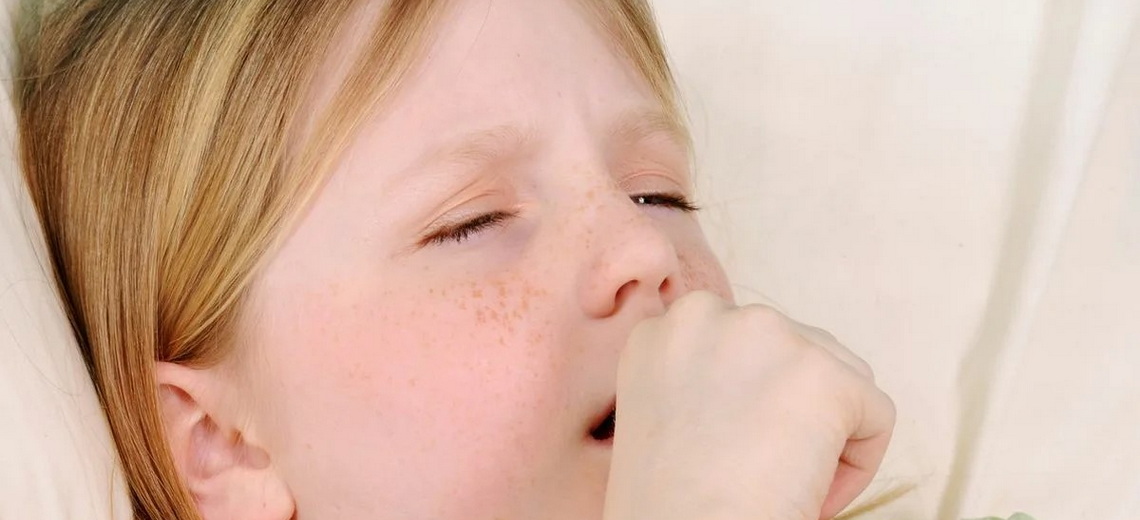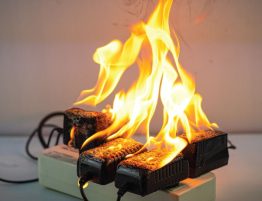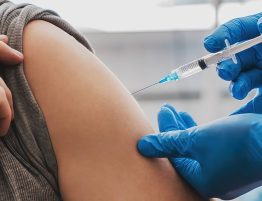
Whooping cough. Memo for parents
Whooping cough is an acute infectious disease characterized by a long course, characterized by severe coughing attacks. It is classified as a childhood infection because children between 1 and 7 years of age are most susceptible to it.
A distinctive sign of the disease is a spasmodic cough.
The mechanism of transmission of infection is airborne droplets.
The causative agent of the disease is pertussis bacillus, which is transmitted from person to person by airborne droplets.
In the sun and when exposed to low and high temperatures, the pathogen dies, so transmission of the infection occurs mainly if you are near the patient at a distance of less than 1.5 – 2 meters. Infection through objects is very rare.
The onset of the disease resembles an acute respiratory infection with a dry cough, runny nose, and sometimes with a moderate temperature. The child is capricious and becomes irritable.
Whooping cough can be distinguished from other diseases by characteristic attacks of wheezing cough, which are especially pronounced at night. From the moment of contact with a person with whooping cough until the first signs of the disease appear, 3 to 15 days pass. A feature of whooping cough is a gradual increase in cough over 2 to 3 weeks after its onset.
Typical signs of whooping cough:
- persistent, intensifying cough, gradually turning into attacks of spasmodic cough (a series of coughing impulses, quickly following each other on one exhalation) with a convulsive inhalation, accompanied by a lingering whistling sound. In infants, such a cough can lead to respiratory arrest. Coughing attacks worsen at night and end with the release of a small amount of viscous sputum, sometimes vomiting;
- facial puffiness, scleral hemorrhages;
- an ulcer on the frenulum of the tongue (due to its injury from the edges of the teeth, since during a coughing attack the tongue protrudes outward to the limit, its tip bends upward).
Whooping cough can lead to damage to the frenulum of the tongue, nosebleeds and hemorrhages in the conjunctiva of the eyes. The disease causes complications in the brain, lungs, abdominal organs caused by stress during spasmodic cough, as well as secondary infections – bronchitis, otitis media.
After suffering from whooping cough for a long time (several months), coughing attacks may return, especially if the child has a cold or during physical exertion.
The only reliable prevention against whooping cough is vaccination with DPT, a vaccine that is included in the National Vaccination Calendar. Parents’ fears about the threat of harmful effects from the vaccine are unfounded. The quality of DTP vaccine is not inferior in its properties to vaccines produced in other countries.








